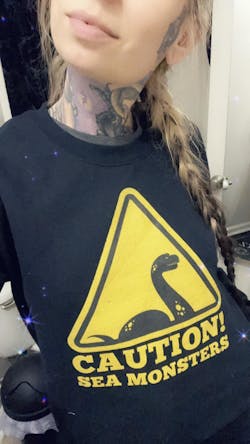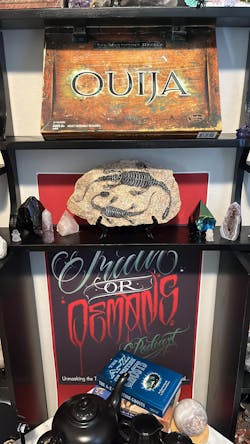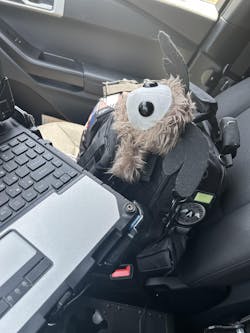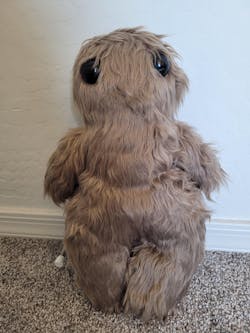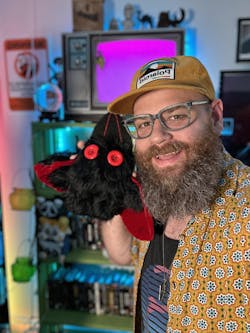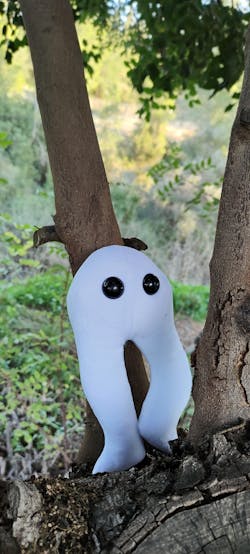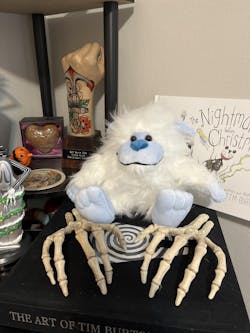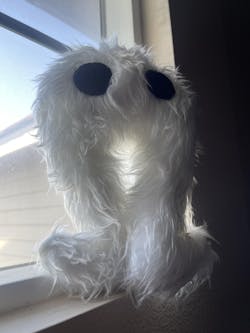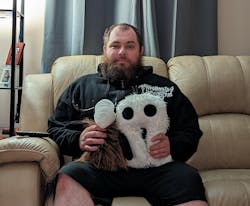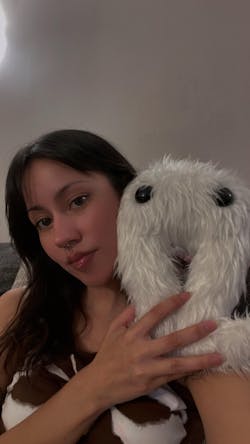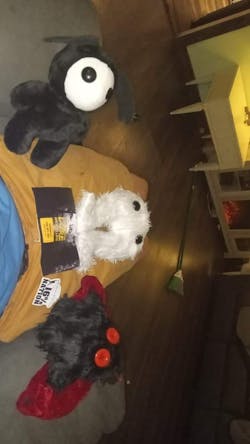The Kei Islands, located off the coast of Indonesia, have a mysterious story surrounding their merpeople population. In 1943, Japanese soldiers reported sightings of the "orang ikan," or fish people. These beings were said to have human bodies with fish tails and the ability to breathe underwater.
The locals claimed that these merpeople were peaceful and friendly, often interacting with fishermen and even saving them from dangerous situations. The soldiers were intrigued and attempted to capture one of the orang ikan, but were unsuccessful.
While some may dismiss these sightings as mere folklore, the consistency of the reports and the lack of evidence disproving their existence leave room for speculation. Could these merpeople really exist? The answer remains a mystery.
Appearance
wise, the orang ikan are said to have pink skin and spines on their heads, resembling carp. They are also described as being about 150 cm tall, significantly smaller than the mythical mermaids of Western culture.
The Kei Islands may hold the key to uncovering more information about these fascinating beings. Until then, the existence of the orang ikan remains a mystery.
Why are they called "Orang Ikan"?
In the Malay language, "orang" means human and "ikan" means fish. So literally, the name translates to "man fish."
The local community has a long history of interacting with the orang ikan, treating them as peaceful members of their ecosystem. Fishermen have even claimed that they have saved them from dangerous situations, showing a level of intelligence and empathy.
Sightings of the orang ikan have also been reported in other Indonesian islands, including Java and Bali. It's possible that these merpeople have a wider population throughout Southeast Asia, but there is still much to be discovered about their existence and behavior.
The stories surrounding the orang ikan have captured the imaginations of both locals and outsiders alike. It remains to be seen if further evidence will surface, potentially shedding light on the mysterious world of these fish people.
What is the Malay community?
The Malay community refers to people who identify as ethnically Malay and often practice the religion of Islam. They are the majority ethnic group in Malaysia, Indonesia, Brunei, and southern Thailand. The language spoken by the Malay community is also called Malay.
While the orang ikan sightings have primarily been reported by members of the Malay community, the concept of merpeople is not unique to Southeast Asia. Folktales and legends of these creatures exist across cultures and have been a source of fascination for centuries.
Whether one believes in their existence or not, the allure of mysterious sea creatures continues to captivate our imagination. The story of the orang ikan adds another layer to the mystique of the ocean and all its unknown wonders.
Malay folklore
also includes tales of other fantastical creatures, such as the pontianak (a vampiric female spirit) and the hantu tetek (a ghost with large breasts who steals milk from nursing mothers).
The orang ikan may not be as widely known outside of Southeast Asia, but they add to the diverse and rich tapestry of mythical creatures in the region. These stories serve as a reminder of our connection to the natural world and the mysteries that still lie within it.
As we continue to explore and learn about our planet, perhaps we will come one step closer to uncovering the truth behind the existence of the orang ikan and other mythical beings.
Other Cryptids in the Malay culture
Other than the Orang Ikan, the Malay community also has tales of other cryptids such as Orang Bunian , Orang Ketot, Orang Kenit, Gergasi, Gedembai or Kelembai, and Bidadari. Each of these creatures have their own unique characteristics and roles in the stories told by the Malay community.
Some cryptids, such as the pontianak and hantu tetek, have similarities to creatures in Western folklore like vampires and ghosts. However, the concept of merpeople is not unique to Southeast Asia and exists in various forms in different cultures around the world.
What other creatures can be mistaken to be Orang Ikan?
Some animals, such as dolphins and dugongs, may be mistaken for orang ikan due to their human-like features and intelligence. Another Famous Eastern tale is the kappa animal , a water demon from Japanese folklore that is often described as having the body of a turtle or monkey with a bowl-shaped head and webbed hands and feet.
Thetis Lake Monster
also known as the Ogopogo, is a cryptid said to inhabit a lake in British Columbia, Canada and resembles a giant serpent or sea monster.
While these creatures may share some similarities with the orang ikan, it is important to remember that they are each unique entities with their own history and legends.
Further research and investigation may potentially shed light on the true nature of these mythical beings. Until then, they will continue to captivate our curiosity and fascination.
So, keep your eyes peeled when you next take a dip in the ocean or a peaceful lake – you never know what mysterious creatures may be lurking just below the surface.
The Loveland Frog
is another creature that may potentially be mistaken for an orang ikan. This cryptid, found in the Loveland region of Ohio, is described as a humanoid frog or lizard-like being standing at 3 to 4 feet tall. Eyewitnesses have reported sightings of this strange creature since the 1950s.
Whether these sightings are true or not, the legend of the Loveland Frog adds to the mysterious and alluring lore of cryptids around the world.
Conclusion
From the beautiful and enchanting bidadari to the eerie pontianak, the orang ikan adds to the diverse collection of mythical creatures in Malay folklore. These stories serve as a reminder of humanity's fascination with and connection to the natural world and all its unknown wonders. Who knows – perhaps further research and investigation will uncover the truth behind the existence of these mythical beings. Until then, we can only imagine what other mysterious creatures may be hiding in the depths of our oceans and lakes.
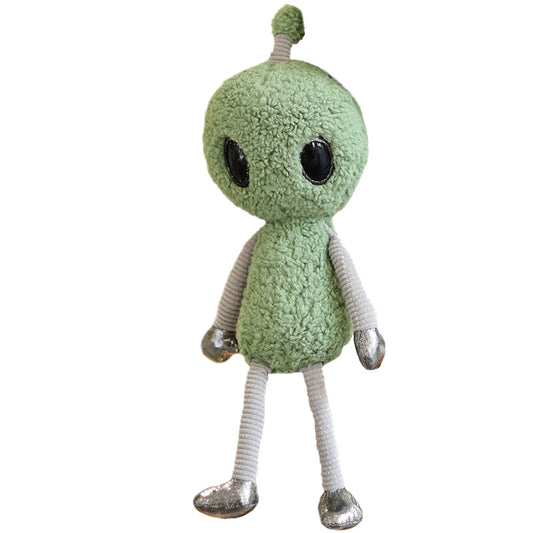 Sold out
Sold out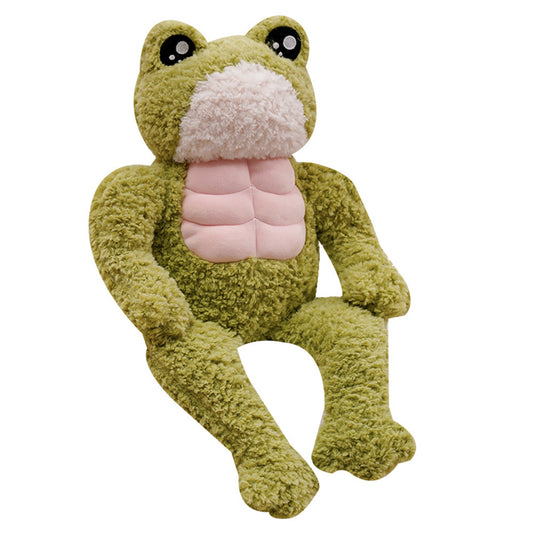 Sold out
Sold out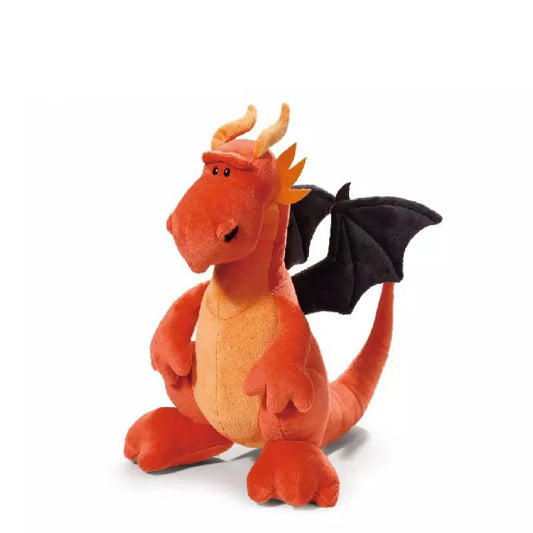 Sold out
Sold out








